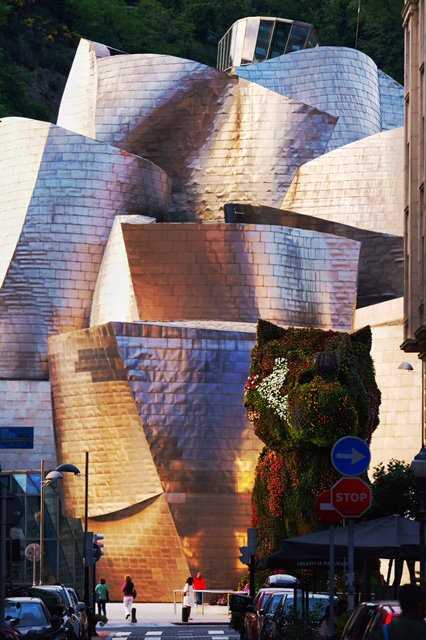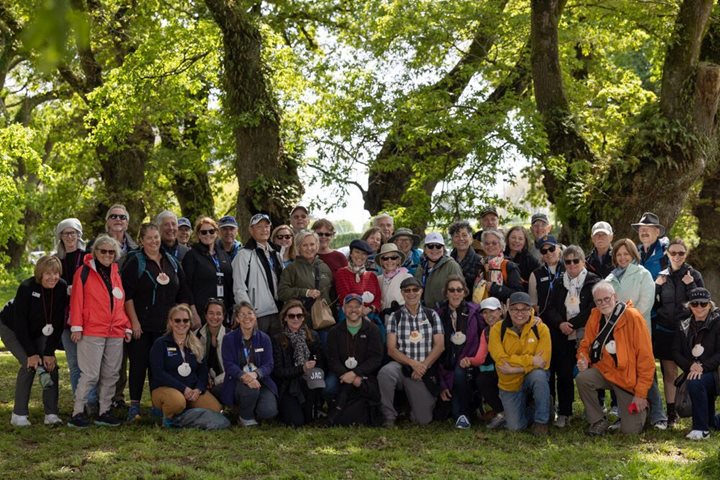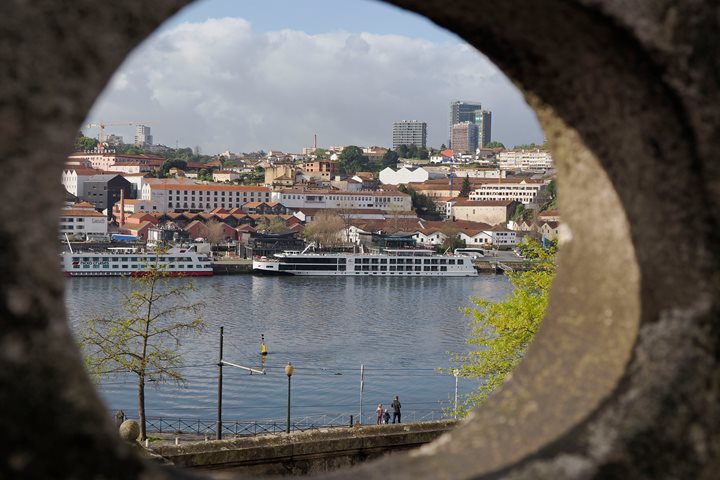We had a quiet, beautiful morning on board as we were not arriving into Bilbao until 1:00 p.m.
At 9:00 a.m. Jennifer Davidson made a presentation on iPhone photography. At 10:00 a.m. naturalist David Cothran gave us a short Zodiac briefing (as we will be using Zodiacs tomorrow, Friday morning, when anchored in St. Jean De Luz). And at 11:00 a.m. historian Cecilia Ceriani made her presentation: “Bilbao: The Transformation of a City”, about Bilbao’s change from a declining industrial city to a successful international center for tourism and the arts.
National Geographic Orion arrived at Bilbao harbor with sunny skies, so we enjoyed lunch in the outdoor café in deck four aft before disembarkation for our excursions.
At 1:30 p.m. we left in different groups to visit the Guggenheim Museum and for a walking tour in the old part of the city. On our way to the museum we could admire the urban transformation of Bilbao, the regeneration of both banks of Nervión river, how the old obsolete industrial and port facilities have disappeared and in their place magnificent examples of modern architecture were built: the new building for the Public University of the Basque Country by the Portuguese architect Alvaro Siza; the 40 story office Tower by the Argentinean architect Cesar Pelli, the Concert Hall Euskalduna Palace; the beautiful new footbridges linking both banks of the river, one of them designed by the Spanish architect Santiago Calatrava; and pedestrian promenades along the river. And, of course, the magnificent titanium curves of the Guggenheim Museum, designed by the Californian architect Frank Gehry and one of the most celebrated piece of architecture in a generation. We observed the regeneration of the Nervion River which really came into life after the construction of a sewage treatment plant in 1990 that cleaned the heavily polluted river waters.
We walked around the Guggenheim Museum to admire the building. The sometimes cloudy, sometimes sunny sky provided curious changes of light to get interesting photos of the gleaming building. Then we went inside the Guggenheim to visit the art collection with works of art by Picasso, Braque, Miró, Calder, Rothko, Motherwell, and many others. Before getting on the bus again to go to the Old City, we took photos of the popular “Puppy”, Jeff Koons’ 43-feet-tall topiary terrier made of freshly potted pansies, which stands at the main door of the museum and is one of its symbols.
In the Barrio Viejo, the old town, we visited the Main Square and its popular bars and restaurants. We learnt about trade in old Bilbao, about Basque language and people, visited shops that sold salted cod and all sorts of cheese and ham. We admired the old market building and churches like the Dos Juanes Church, San Anton Church and the Cathedral (dedicated to the Apostle Saint James the Greater, so the guide showed us the big scallop-shells on the main stone façade, symbol of the saint pilgrim).
At 6:00 p.m. we returned to National Geographic Orion to enjoy a recap on Basque people by Miguel Arias before dinner. It was a bright day, full of good art and architecture in Bilbao, surrounded by the deep green hills that encircle this extraordinary city.








